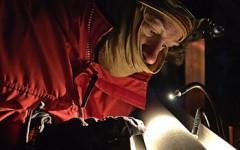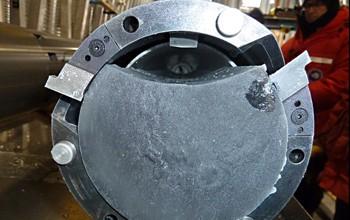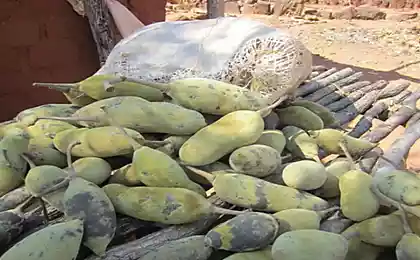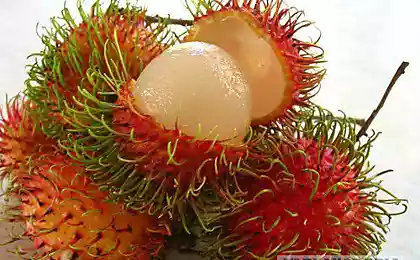1004
Antarctic ice core contains unique information about past climates

Scientists have extracted from the ice thickness information about past climate
A team of US scientists and engineers are engaged in the extraction of ice cores in Antarctica and funded by the National Science Foundation (NSF), extracted from the ice thickness information about past climate and greenhouse gases in the atmosphere. Age data is 68 thousand years.
Ice containing this information was taken from the West Antarctic Ice Sheet (WAIS) in the program of deep ice drilling WAIS Divide. Ice cylinders that make up the ice core contain detailed information about the unique environmental conditions of the past, such as the concentration of greenhouse gases in the atmosphere, the temperature at the surface wind direction and speed, the level of the sea ice around Antarctica and the average temperature of the ocean.
Successful recovery of the ice core is the culmination of an eight-year project, which was aimed at obtaining information on the paleoclimate in one of the most remote parts of the continent.
Ice containing the signature was obtained in a field camp in the center of West Antarctica, 1040 km from the geographic South Pole, where ice thickness is more than 3460 meters. This new core every single layer of ice reflects every year for the past 30 thousand years of snowfall. This allows you to keep track of past climate from year to year, so this record will help scientists understand the cause of abrupt climate change - less than 10 years - as well as how the climate may behave in the next century.

The unique core, which contains information about past climate and greenhouse gases in the atmosphere.
Other projects to extract ice cores allowed to study ice, relating to an even more remote in time. These studies showed that the current level of atmospheric greenhouse gases, which is the cause of the combustion of fossil fuels, is the highest in at least the last 800 thousand years. Ice age from 30 thousand to 68 thousand years, though there does not contain records of annual changes, yet most accurately reflects temporal changes in comparison with previous projects.
When the snow falls in Antarctica, it melts it rarely, and often deposited in thin annual layers that subsequent snowfalls are compressed to ice. Chemicals and gases in the atmosphere that during a snowfall were present in the environment, are as it were caught in the ice trap. Ice Age is determined by establishing a chemical differences between winter and summer snow, and count years, much like counting growth rings in determining the age of the tree.
Ice core samples will be sent out at more than 20 US universities and national laboratories, which will be made by various measurements. Most measurements are known to characterize the atmospheric conditions of the entire planet, and not only that remote corner where the ice has been collected.
Information from the project will be used to test and improve the accuracy of predictions about how the current level of greenhouse gases (eg carbon dioxide, methane) affect the earth's climate.
"The combination of the ability to allocate some years, and new analytical techniques that were not available on previous projects, will significantly improve our understanding of how changes in greenhouse gas emissions of the past affect the global climate," - said Kendrick Taylor of the Research Institute of the Desert in Reno Nevada chief scientist in the project WAIS Divide.
He added that it will take another two years to complete the analysis of the ice, and to publish the results.
Research project WAIS Divide took eight field seasons to prepare a remote field camp and collect core. Weather and remote field camps to restrict the work on the ground 60 days per year. Unique ice auger to extract was created and coordinated by a group of design and management of drilling ice from the University of Wisconsin, Madison, in cooperation with the ice drilling program.
In addition to the collection of 3405 meters of ice core diameter of 12 cm 2, it developed a new method of directional drilling, which allowed the team through the main hole to collect a total of 285 meters of additional core, which refers to the five most interesting from a scientific point of view of time periods. This allows you to double-check the results and expands the number of possible measurements.
The team stopped drilling at 50 meters above the place where the ice is in contact with the rock, to avoid contamination of the water at the base of the ice, which was isolated from the rest of the biosphere for at least 100,000 years.
Causes and consequences of the fall of the meteorite Chelyabinsk
Astronomers: old stars give birth to new worlds























